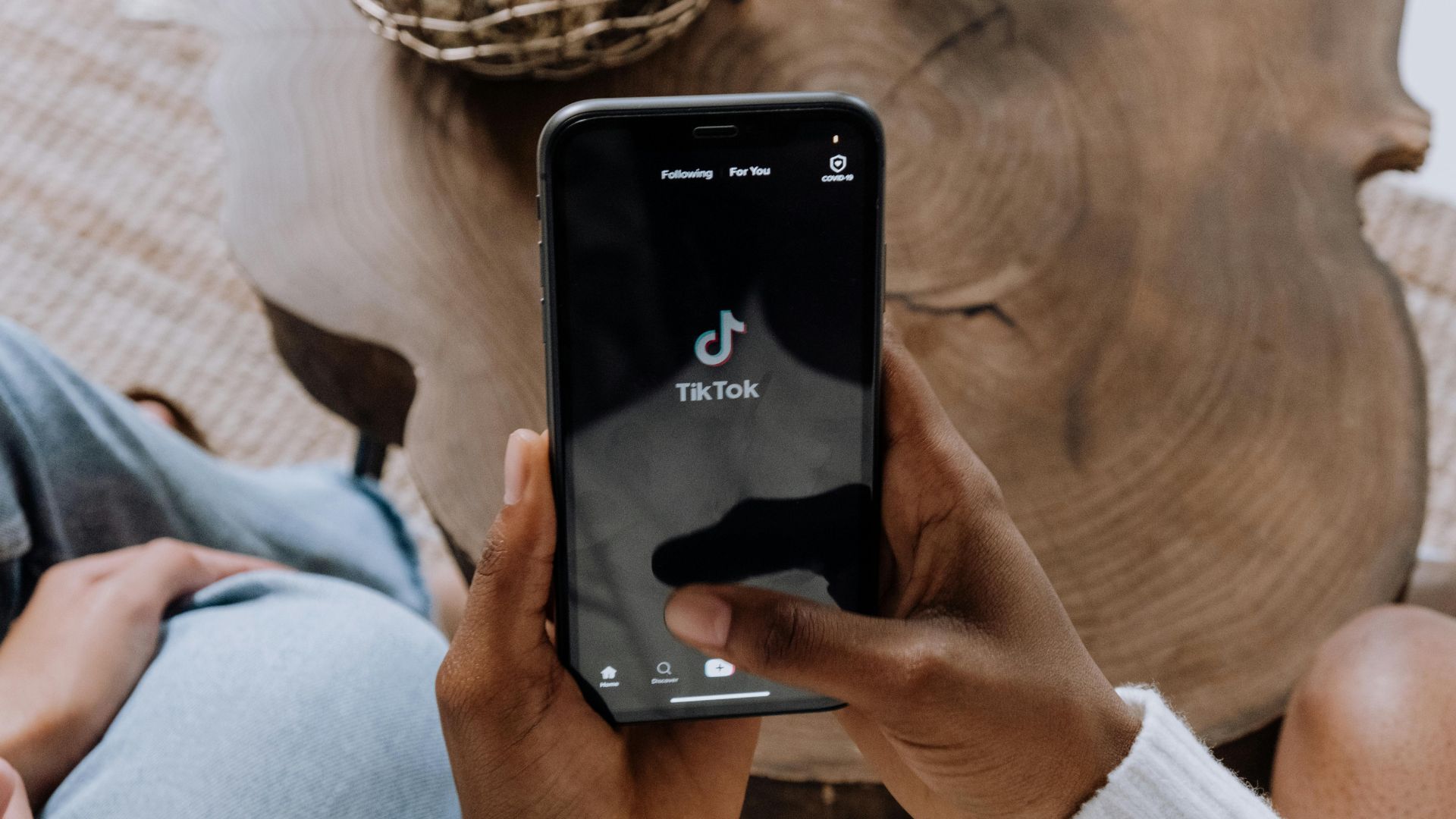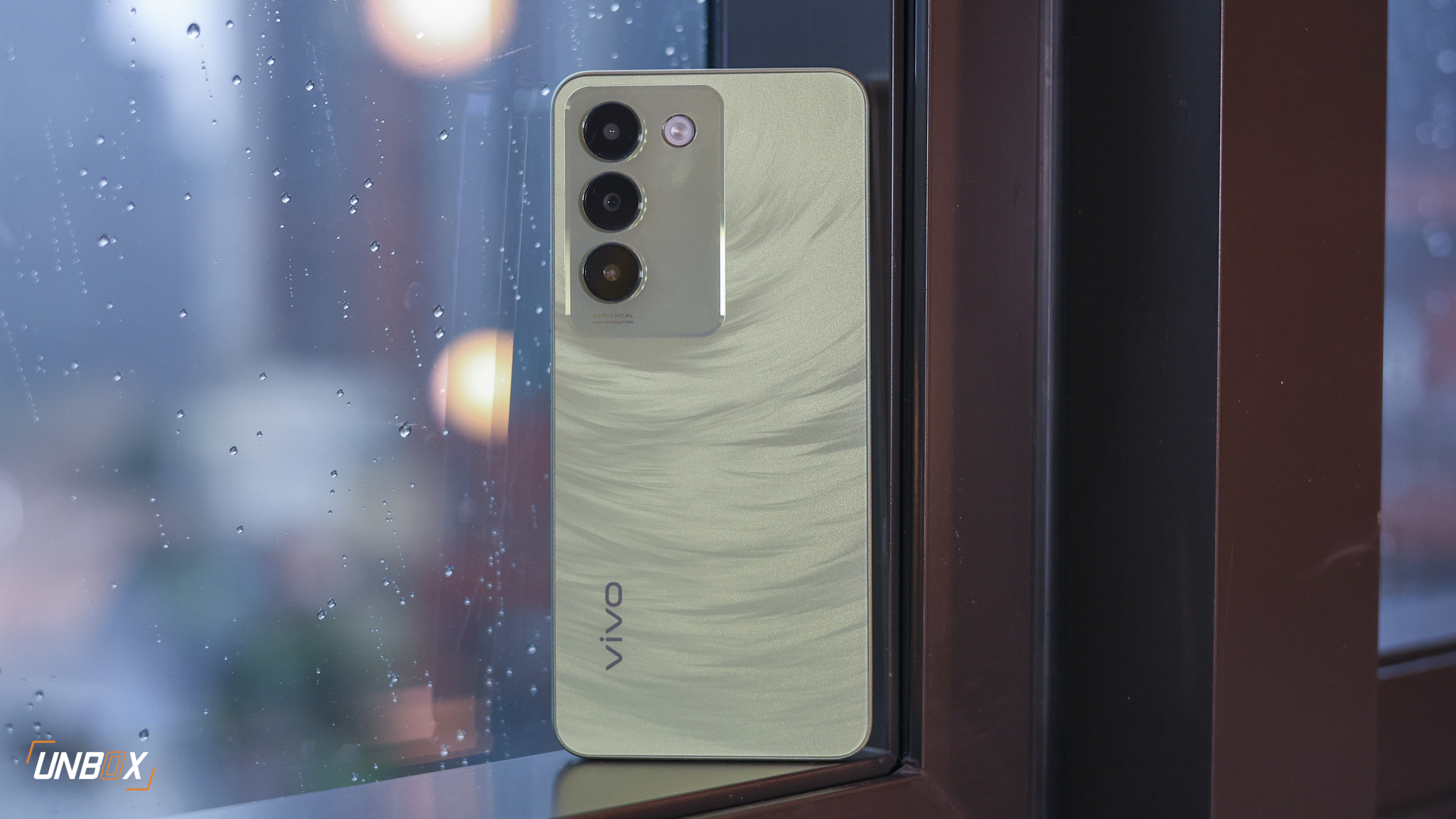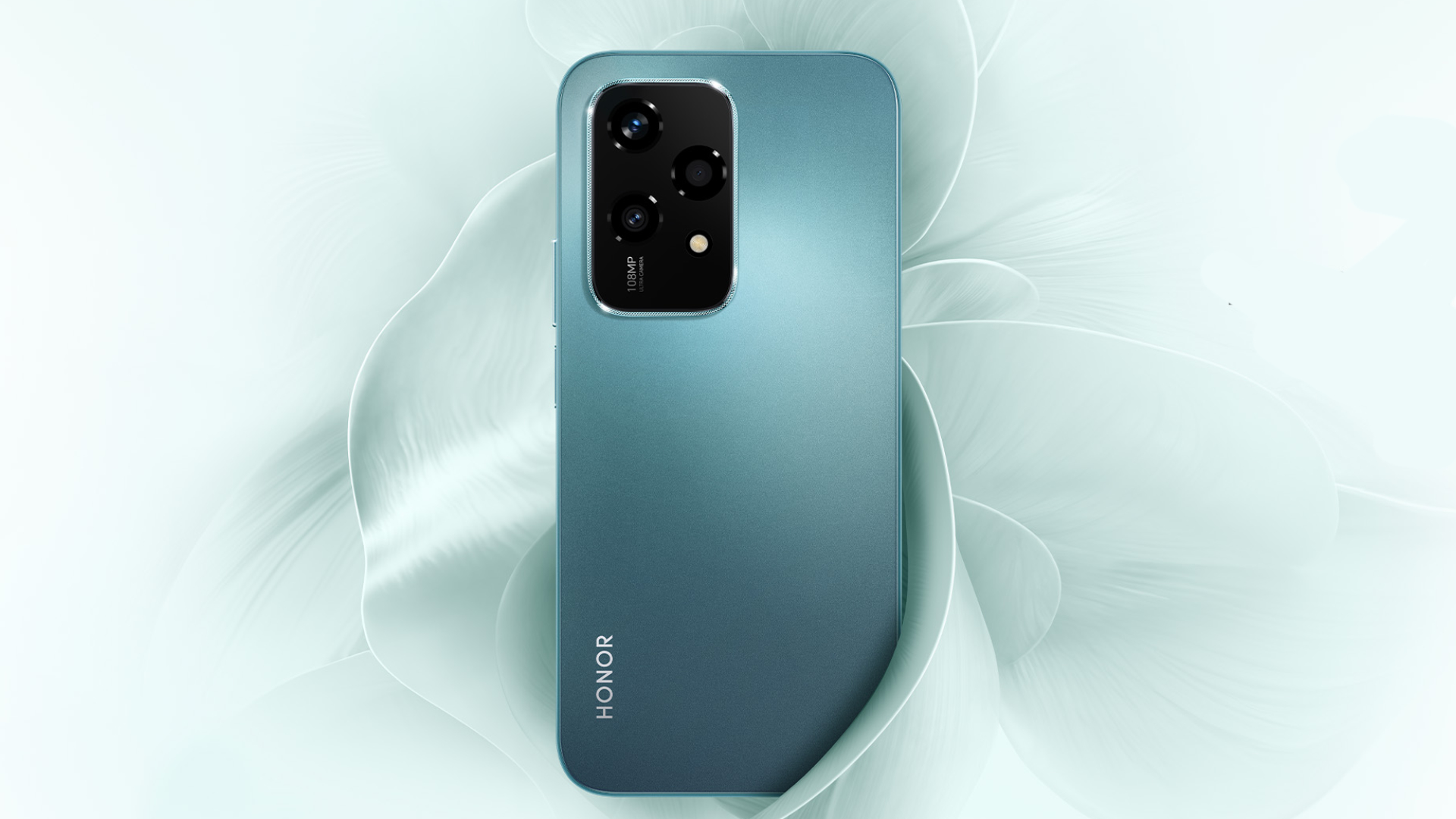We review the hotly anticipated Xiaomi Mi 3!
Xiaomi is a company that has been making waves in the local tech scene ever since they announced their arrival here in the good ol’ Philippines. Even though the company hasn’t released a single device (until June 26) they’re the company on every tech head’s lips. It’s not hard to see why – the company isn’t shy about bucking the established rules when it comes to pricing flagships. The Mi 3’s hardware for example, would usually fetch a price above Php 24,000, but the company is pricing it at an astounding Php 10,599 when it finally goes on sale at Lazada on June 26. But is the Mi 3 really deserving of all the hype? Read the review to find out.
Xiaomi Mi 3 specs
- 2.3GHz quad-core Qualcomm Snapdragon 800 MSM8274AB processor
- 2GB of RAM
- 16GB of storage, non-expandable
- 5-inch full HD IPS display, Gorilla Glass 3, 1080 x 1920 resolution
- 13-megapixel camera with autofocus, dual LED flash
- 2-megapixel front camera
- Wi-Fi 802.11 a/b/g/n, NFC, USB OTG, Bluetooth 4.0, GPS, A-GPS, GLONASS
- 3G, HSDPA
- 144 x 73.6 x 8.1 mm
- 3050mAh li-ion battery (non-removable)
- Android 4.4 with MIUI
A design that stacks up well against its rivals
There’s no getting around it: the Mi 3 is one gorgeous phone. The minimalist design of the Mi 3 solidifies Xiaomi’s unofficial moniker: the Apple of China. If Jonathan Ive started designing phones for a company other than Apple, this phone might be the result. The overall build and construction is top notch, everything from the gentle curving sides to the machined speaker holes on the bottom.
The body might look lik aluminum (we thought it was when we initially unboxed it) but it’s actually made out of plastic, although the frame is an aluminum-magnesium alloy deal. Even though John Chan, Xiaomi’s PR Manager for SEA pointed the composition of the body out to us, we still couldn’t believe it, which speaks volumes of how extraordinarily well built this smartphone is.
As far as controls go, there’s not much of a surprise to the Mi 3’s layout. All the relevant buttons (power, volume rocker) are located on the right side of the device.The 3.5mm jack and the SIM slot (accessible via a pinhole) are located on the top. The USB port and the speaker grille is located on the bottom. The 13-megapixel camera with dual LED flash is located on the top left side of the back.
Xiaomi’s attention to detail extends to the construction of the display. The 5-inch, full HD IPS display has excellent clarity and viewing angles. Color reproduction is excellent, and the blacks are nice and deep. It’s one of the best looking displays we’ve seen in a while.
Custom ROM that doesn’t get in the way
All of Xiaomi’s devices get pre-installed with the company’s MIUI. It’s no surprise that the MIUI is extremely easy to use and adds plenty of useful functionality to the device, since software is the company’s core competency and what they began doing when they became a company back in 2010. We can’t even begin to list all of the features that the company included with MIUI (since that would take forever to list) so we’re just going to go over some of the more relevant ones.
First off, MIUI takes away your app drawer, lays down everything for you to see from the moment you unlock your phone. While we’re not a fan of this (we’re a bit OCD when it comes to app clutter on our home screen) the implementation makes sense, plus it cuts down on the necessary input that you have to do before you reach the app of your choice. Swiping down from the top, you’re not only treated to the normal notifications – you’re also given additional information as well, including the amount of data you’ve used up for the day.
Xiaomi has seen fit to increase functionality in a lot of ways, including custom themes that frankly, don’t suck. These themes are accessible through the Theme store which completely changes how MIUI looks. Xiaomi’s even gone off and made a couple new ones for each market that they entered, and a custom Philippine theme is in the pipeline.
One nice thing about the MIUI is that it gets regular updates from Xiaomi. By regular, we do mean regular – it gets weekly updates no matter how small or big the changes are. Speaking of changes, most of the updates and to some extent, features of the MIUI are made through constant community feedback. If there’s one thing that we’ve seen from the company, it’s that they value their users and their fans more than any company we’ve seen in the past.
Can hold its own against newer flagships, even with older hardware
While the Mi 3’s hardware is impressive, it’s a bit dated compared to newer flagships from international brands like Sony and Samsung. But although it uses an older Qualcomm Snapdragon 800 MSM8274AB quad-core processor, it’s still capable of giving newer flagships a run for their money. In our AnTuTu test, the Mi 3 managed to score even higher than the recently announced Galaxy S5 and the HTC One (M8). Granted, the lead is only miniscule, but both devices are utilizing the supposedly faster (and newer) Snapdragon 801 processor.
So how exactly does the Mi 3 manage to best other flagships with newer and faster processors? Hugo Barra, VP for Xiaomi Global says that they’ve been doing software optimizations to the Mi 3 ever since it was first launched. These optimizations are delivered during the weekly updates for the MIUI, which means that the smartphone is only getting faster and faster as the weeks and months go by.
If it’s not obvious by now, let us spell it out for you: the Mi 3 is capable of handling any game (and we do mean any) that you throw at it. Gaming on the Mi 3 is absolutely unmatched, as every game that we tried on it ran extremely smoothly, without any hiccups. Probably the only negative against it would be that it doesn’t have expandable storage capability, which means that you’re basically stuck with the 16GB of storage on-board the Mi 3.
Impressive camera performance
The Mi 3 uses a 13-megapixel camera that has a 28mm wide-angle 5-piece lens, with a f/2.2 aperture.

The camera is capable of capturing good images with excellent color reproduction. Like the UI, Xiaomi’s also put a few tricks inside the camera app. You can make the camera shoot via sound (a loud sound makes the shutter go off), have it shoot in HDR mode (which is incidentally faster than other HDR modes in other smartphones that we’ve tested) as well guess your age when you’re trying the front facing camera.
All day battery life, and then some
We knew right away that the Mi 3 would be able to last an entire day without any issues, but we didn’t know just how long it would last until it would need a trip to the charger. The Mi 3 managed to go almost two days without a charge before it died on us, and rightly so. That’s with moderate use and with the power settings on balanced mode. You can probably top that with the power settings on power savings, which speaks volumes on how well the phone is optimized. We’re very impressed, to say the least.
One of the best and most affordable flagships that you can buy today
We’re very impressed by Mi 3. It’s a wickedly fast flagship that’s capable of holding its own even though it’s an older device compared to current flagship smartphones. We would wholeheartedly recommend it to people even if it was priced at more than Php 20,000. Thing is, it will be sold in the Philippines for a measly Php 10,599, more than half of the price of a comparable device from another manufacturer.
Of course, there’s a catch. Xiaomi will only be selling 3,000 pieces during the first flash sale on June 26, so your chances of getting one will be slim, especially since so many people will be jostling to grab their own piece of the Mi 3 pie. Then again, this phone is such a massive bang for your buck phone that you’d probably be kicking yourself in the head if you don’t at least try to get one come the flash sale. In short: find Php 10,599 before June 26 and try your luck. You won’t regret it.



















